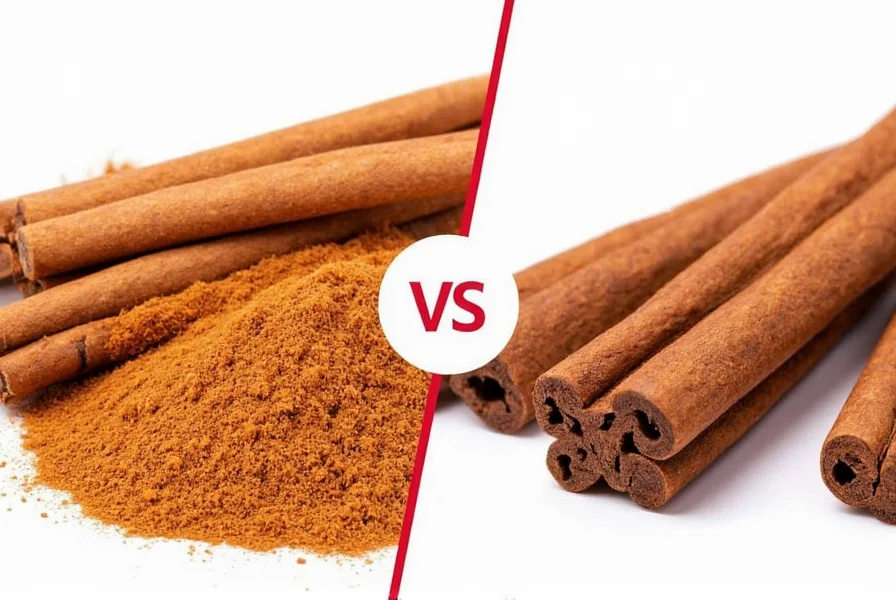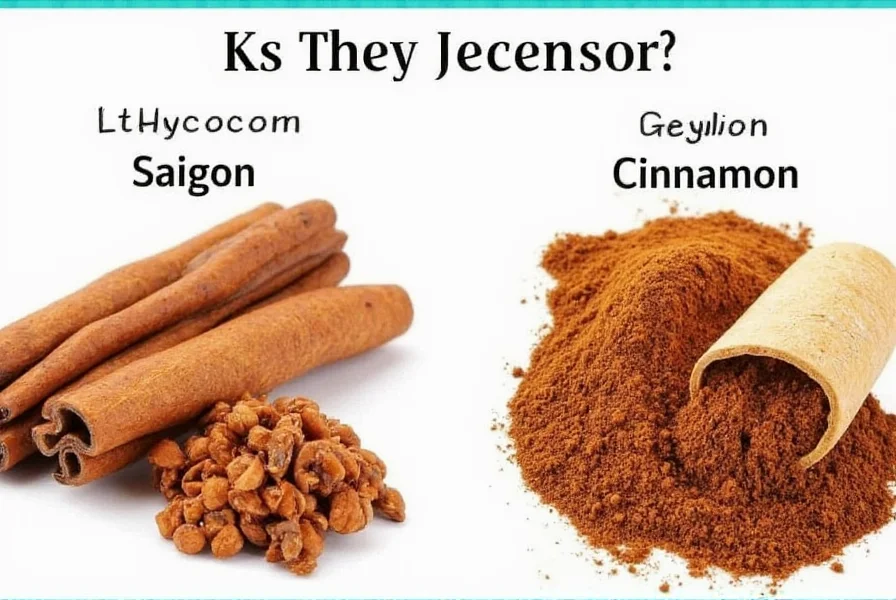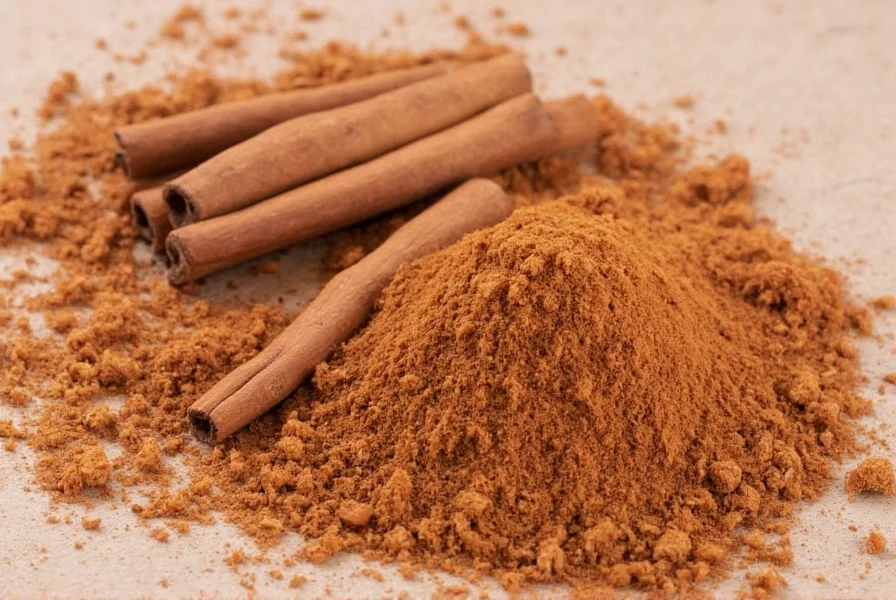When comparing saigon vs ceylon cinnamon, understanding their fundamental differences is crucial for both culinary applications and health considerations. These two popular cinnamon varieties come from different tree species, possess distinct chemical compositions, and serve varying purposes in cooking and wellness routines.
Origin and Botanical Classification
Saigon cinnamon, also known as Vietnamese cinnamon, comes from the Cinnamomum loureiroi tree primarily cultivated in Vietnam's central regions. This variety belongs to the same species as Chinese cinnamon (Cinnamomum cassia), though it's harvested from a specific subspecies grown in Vietnam's favorable climate.
Ceylon cinnamon, often labeled "true cinnamon," originates from the Cinnamomum verum tree native to Sri Lanka (formerly Ceylon) and parts of southern India. This species produces the delicate, multi-layered bark that has been prized since ancient times.

Physical Characteristics Compared
The most reliable way to distinguish between these cinnamon types lies in their physical appearance:
| Characteristic | Saigon Cinnamon | Ceylon Cinnamon |
|---|---|---|
| Bark Thickness | Thick (3-5mm), hard | Thin (0.5-1mm), fragile |
| Quill Structure | Single thick layer, rough exterior | Multiple delicate layers, concentric rings |
| Color | Dark reddish-brown | Light tan to pale brown |
| Texture | Dense, difficult to grind | Friable, easily crumbled |
| Coumarin Content | 1-6% (high) | 0.004-0.1% (low) |
Flavor Profile Analysis
When evaluating saigon vs ceylon cinnamon taste, the differences are pronounced:
Saigon cinnamon delivers an intense, robust flavor with pronounced heat and spiciness. Its high oil content (approximately 3-5%) creates a powerful aroma that dominates dishes. This makes it particularly suitable for recipes requiring strong cinnamon presence like snickerdoodles, cinnamon rolls, and hearty spice blends.
Ceylon cinnamon offers a more nuanced profile—delicate, sweet, with citrusy notes and subtle warmth. Its lower oil content (approximately 1-2%) provides a refined flavor that complements rather than overwhelms. Professional bakers often prefer Ceylon for custards, French toast, and Scandinavian pastries where a milder cinnamon presence is desired.
Health Implications and Safety
The most critical difference in the saigon vs ceylon cinnamon health benefits comparison involves coumarin content. Coumarin, a naturally occurring compound, can cause liver damage in sensitive individuals when consumed in large quantities over time.
Saigon cinnamon contains 1-6% coumarin by weight—up to 100 times more than Ceylon cinnamon's 0.004-0.1% content. The European Food Safety Authority recommends a maximum daily coumarin intake of 0.1 mg per kilogram of body weight. For a 150-pound person, this translates to approximately:
- Saigon cinnamon: 1-2 teaspoons maximum daily
- Ceylon cinnamon: Several tablespoons daily with minimal risk
For individuals using cinnamon supplements or consuming cinnamon regularly for blood sugar management, which cinnamon has less coumarin becomes a critical health consideration. Ceylon cinnamon represents the safer choice for daily therapeutic use.
Culinary Applications Guide
Understanding best cinnamon for baking depends on your specific recipe requirements:
Choose Saigon cinnamon when:
- Creating bold-flavored baked goods like cinnamon rolls or snickerdoodles
- Preparing spice blends for savory dishes like curry powders
- Infusing strong flavors into syrups or extracts
- When cost is a primary consideration (Saigon is typically less expensive)
Choose Ceylon cinnamon when:
- Preparing delicate desserts like custards, flans, or rice pudding
- Creating beverages where a subtle cinnamon note is desired
- Using cinnamon daily for potential health benefits
- Preparing traditional recipes from Portugal, Spain, or Mexico

Practical Identification Tips
Many consumers struggle with how to tell Saigon and Ceylon cinnamon apart when shopping. Here's what to look for:
- Check the quills: Ceylon forms delicate, multi-layered "cigars" while Saigon creates thick, solid sticks
- Examine the powder: Ceylon powder appears lighter in color and feels less dense
- Read the label: Authentic Ceylon should specify "Cinnamomum verum" or "Ceylon cinnamon"
- Consider the price: Genuine Ceylon typically costs 2-3 times more than Saigon
Be wary of products simply labeled "cinnamon" without specifying the variety, as most commercial products use the less expensive cassia varieties (including Saigon).
Storage Recommendations
Both varieties benefit from proper storage, but their different compositions require slight variations in handling:
- Saigon cinnamon: Store in airtight containers away from light; maintains potency for 2-3 years
- Ceylon cinnamon: Requires more careful storage due to delicate oils; best used within 1-2 years
- Neither type should be stored in refrigerator due to moisture risks
- Whole quills retain freshness significantly longer than ground cinnamon
Final Recommendation
When deciding between Saigon vs Ceylon cinnamon, consider both your culinary goals and health requirements. For occasional baking where intense cinnamon flavor is desired, Saigon provides excellent value and potency. For daily consumption, therapeutic use, or delicate culinary applications, Ceylon cinnamon's superior safety profile and refined flavor make it the better choice despite its higher cost.











 浙公网安备
33010002000092号
浙公网安备
33010002000092号 浙B2-20120091-4
浙B2-20120091-4